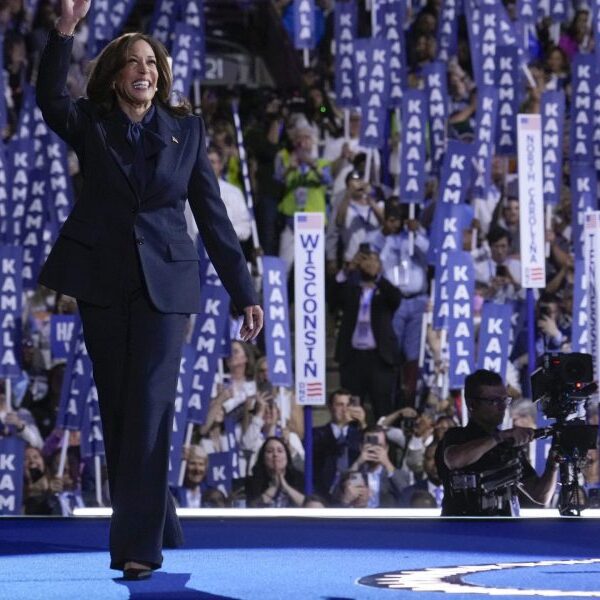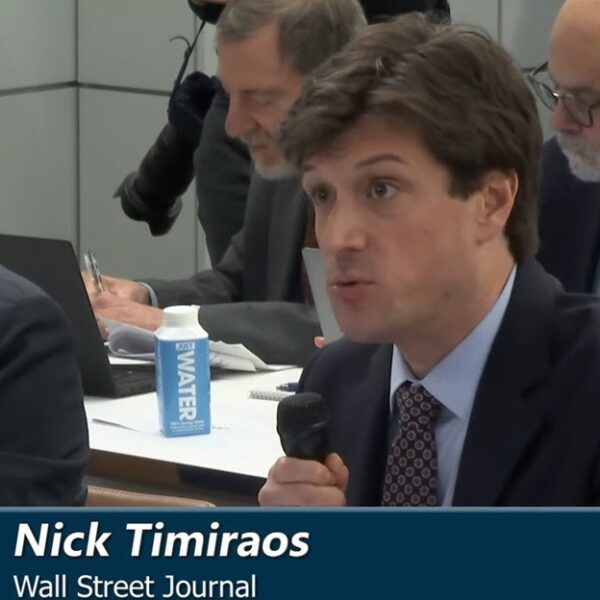People shop at a store in Brooklyn on August 14, 2024 in New York City.
Spencer Platt | Getty Images
The Federal Reserve gets its last look this week at inflation readings before it will determine the size of a widely expected interest rate cut soon.
On Wednesday, the Labor Department’s Bureau of Labor Statistics will release its consumer price index report for August. A day later, the BLS issues its producer price index report, also for August, a measure used as a proxy for costs at the wholesale level.
With the issue virtually settled over whether the Fed is going to cut rates when it wraps up the next policy meeting Sept. 18, the only question is by how much. Friday’s jobs report provided little clarity on the issue, so it will be left to the CPI and PPI readings hopefully to clear things up.
“Inflation data has taken a backseat to labor market data in terms of influence on Fed policy,” Citigroup economist Veronica Clark said in a note. “But with markets — and likely Fed officials themselves – split on the appropriate size of the first rate cut on September 18, August CPI data could remain an important factor in the upcoming decision.”
The Dow Jones consensus forecast is for a 0.2% increase in the CPI, both for the all-items measure and the core that excludes volatile food and energy items. On an annual basis, that is expected to translate into respective inflation rates of 2.6% and 3.2%. PPI also is projected to increase 0.2% on both headline and core. Fed officials generally put more emphasis on core as a better indicator of longer-run trends.
At least for CPI, the readings are not particularly close to the Fed 2% long-run target. But there are a few important caveats to remember.
First, while the Fed pays attention to the CPI, it is not its principal yardstick for inflation. That would be the Commerce Department’s personal consumption expenditures price index, which most recently pegged headline inflation at 2.5% in July.
Second, policymakers are as concerned about the direction of movement almost as much as the absolute value, and the trend for the past several months has been a decided moderation in inflation. On headline prices in particular, the August 12-month CPI forecast would represent a 0.3 percentage point decline from July.
Finally, the focus for Fed officials has shifted, from a laser view on taming inflation to mushrooming fears over the state of the labor market. Hiring has slowed considerably since April, with the average monthly gain in nonfarm payrolls down to 135,000 from 255,000 in the prior five months, and job openings have declined.
A baby step to start
As the focus on labor has intensified, so has the expectation for the Fed to start rolling back rates. The benchmark fed funds rate currently stands at 5.25% to 5.50%.
“The August CPI report should show more progress in getting the inflation rate back down to the Fed’s 2.0 percent target,” wrote Dean Baker, co-founder of the Center for Economic and Policy Research. “Barring some extraordinary surprises, there should be nothing in this report that would deter the Fed from making a rate cut and quite possibly a large one.”
Markets, however, seem to have made their peace with the Fed starting out slowly.
Futures market pricing on Tuesday indicated 71% odds that the rate-setting Federal Open Market Committee will kick off the easing campaign with a quarter percentage point reduction, and just a 29% chance of a more aggressive half-point cut, according to the CME Group’s FedWatch.
Some economists, though, think that could be a mistake.
Citing the general pullback in hiring coupled with substantial downward revisions of previous months’ jobs counts, Samuel Tombs, Pantheon Macroeconomics’ chief U.S. economist, thinks the “summer slowdown probably will look even sharper in a few months’ time,” and the downtrend in hiring “has much further to run.”
“We’re therefore disappointed — but not surprised — that FOMC members who spoke after the jobs report, but before the pre-meeting blackout, are still leaning towards a 25 [basis point] easing this month,” Tombs said in a note Monday. “But by the meeting in November, with two more employment reports in hand, the case for rapid rate cuts will be overwhelming.”
Indeed, market pricing, while indicating a tepid start to cuts in September, projects a half-point reduction in November and possibly another in December.














